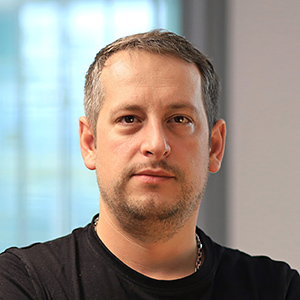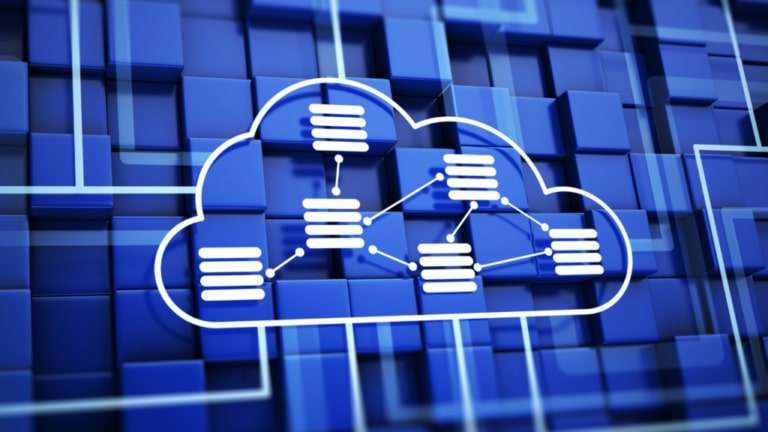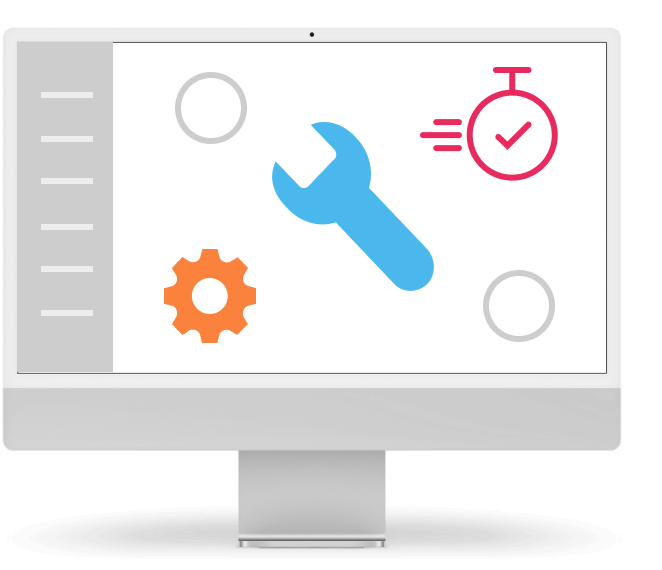How to optimize cloud costs and not go crazy?
Cloud came, saw, conquered… and left behind a number of companies with invoices longer than the Great Wall of China. Some had to leave the cloud wave, others are trying to cope with the costs.
But how do you do this so that your cloud management costs do not increase even more? Do you see where the craziness could go? So we have put together several approaches that can prevent this in your company.
Rightsizing
We are more familiar with the term downsizing and not in a good way. Rightsizing, on the other hand, is a very good approach to optimization. It is not only a prerogative of information technology, but in this particular area, the difference between – infrastructure will make a hole in the finances – and – infrastructure good work with optimization.
Rightsizing is an approach where you look at the resources your application needs to run and change their amount based on those results. So first benchmark in operation, then optimization. Easy peasy.
But… in order to take full advantage of rightsizing options, you must be able to work with individual types of computing resources – CPU, RAM and drives. This approach is therefore out of the game for virtual servers that are pre-configured and ordered individually.
➕
Maximum optimization during continuous control
➖
Not applicable for all types of cloud services
Suitable model
Your IT projects may have different needs, so it’s good to be aware of which service model is most suitable for the given project. You can choose from these models (if you use IaaS or PaaS from a cloud provider):
- Flat
- On-demand Pay-as-You-Go
- Reserved
- Spot
The flat-rate model features a fixed rate for services regardless of how you use them. This model is suitable, for example, for projects whose computing requirements do not change over time or only very sporadically.
On-demand Pay-as-You-Go model is a type of infrastructure that allows you to use computing resources when you need them. Start now, then shut down. You can use it for projects that are time limited and not critical.
The reserved model is the same in process as the previous model, with the only difference being that you pay for allocated resources, which you can then use as you see fit. For example, it could be a project that is time limited but you need to be sure that you have dedicated resources available.
The spot model provides instances that are heavily discounted, so it’s up to the provider to what extent they will be available. Costs are thus minimized, but service interruptions may occur.
In order to best optimize computing resources, in most cases today it is critical to abandon the idea that a company’s IT infrastructure must be uniform. Rather, it is a puzzle – each activity and each project has its place in the type of infrastructure. Only the type of infrastructure may not always be the same.
So the model should adapt to applications, not all business needs.
Cost management tools
This is where we move from the technology-cost approach to the cost-technology approach. If you already have an IT infrastructure running in some way and you are looking for areas where you can save, you can look at costs and their breakdown.
Thanks to this, you will see which areas weigh you down the most and you can start from there. But ideally, the infrastructure you choose does not need complicated cost decoding tools.
Summary
The good news is that cloud costs can be optimized. We looked at three aspects that can turn the high costs of the cloud around. But the basis is what approach you have to optimization. Is this a priority for you?





